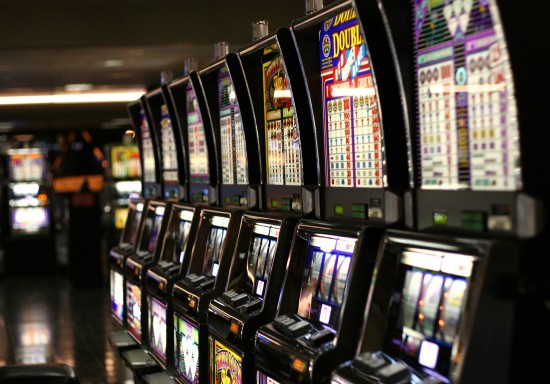Sunday, December 9, 2018
Delray Beach, Florida.- Most of the stocks in my core investment portfolio – my Legacy Portfolio – are dividend-paying stocks. And since I don’t rely on cash from those dividends for current income, my practice is to reinvest it.
The common way this is done is automatically through a dividend reinvestment program (DRIP). That is an order you give to your broker to use the dividends of a stock to buy more of that same stock.
When I designed the Legacy Portfolio (with the help of Tom Dyson and Greg Wilson), I wanted very much to reinvest the dividends, but I was doubtful about DRIPs. My question to them was a simple one:
“In every other investment I’ve ever made, the price I pay for the asset matters. I assume this applies to stocks. If that’s true, why would I use DRIPs, which are designed to buy more of the same stock regardless of the price?
“What if, instead of automatically investing each dividend in the selfsame stock, we accumulated the dividends as they arrived, kept them in cash for a while, and then invested them in just one or maybe two stocks that were currently underpriced?”
Tom and Greg did a fairly extensive analysis of my proposition and came back with the encouraging conclusion that such a practice would increase overall yield. (I don’t remember the differential, but it was significant.)
I mentioned this in a recent videotaped interview that Legacy Publishing group did with Bill Bonner, Doug Casey, and me. And it prompted a viewer to write this to me:
“I’ve read your strategy for buying income-producing real estate. You determine whether the asking price is fair or not with a simple formula: 8 times gross rent. What I want to know is if you have such a simple formula for determining the value of a particular stock, both for making the initial purchase and for re-investing the dividends.”
This is what I told him…
Determining a “fair” price for a dividend stock is a bit more complicated than it is when you are valuing income-producing real estate.
For one thing, stocks are shares in businesses, and businesses are more dynamic than houses and apartment buildings.
They are dynamic and they are organic. How they change is not up to you. Rental properties, on the other hand, are fixed and tangible. Except for an event like a hurricane or fire (which can be insured against), they change only when you do something to them (add a bathroom, paint the walls, etc.).
Which is to say it’s easier to get a reliable estimate of the market value of a rental property. You compare it to similar properties in that location at that time.
That said, there are numerous ways to determine whether a particular stock, a stock sector, or the market is “well” or “fairly” priced.
As Bill Bonner pointed out in his December 7 Diary, Warren Buffett’s favorite yardstick was to measure the relationship of total market capitalization (the value of all stocks added together) to GDP. Logic dictates that a good ratio would be below 100%, because a stock cannot be worth much more than the GDP of the country that supports it.
Another, more indirect, way to look at it, Bill said, is to compare U.S. household net worth(which includes real estate, bonds, and stocks) to national output.
And yet another calculation looks at the number of hours the typical person would have to work to buy the S&P 500 Index.
What are all these measurements telling us about the U.S. stock market today?




